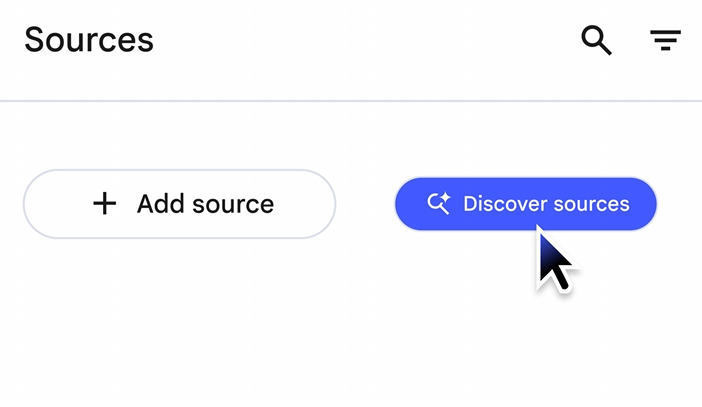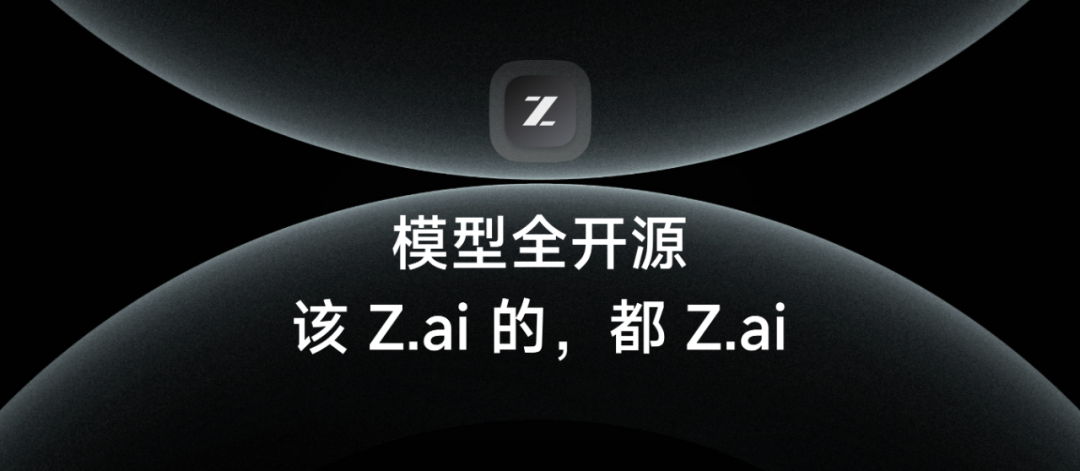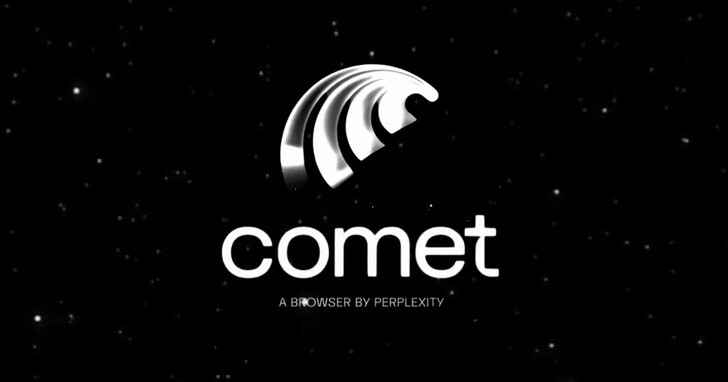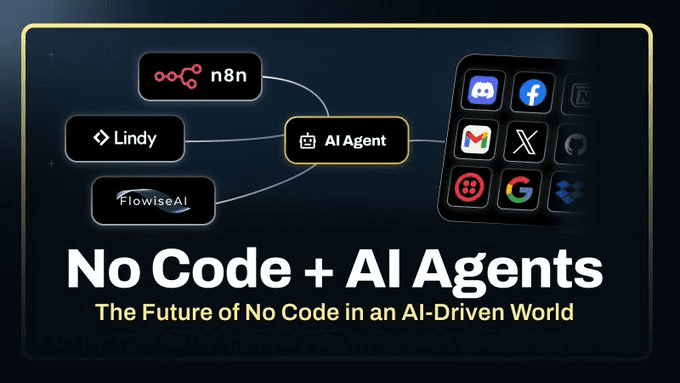NotebookLM Introduces Web Resource Discovery to Streamline Information Gathering Processes
Google's AI research and note-taking tool NotebookLM A new feature called Discover Sources was recently introduced to change the way users collect and integrate information. Previously.NotebookLM Users need to manually upload all the research information, be it academic papers, project documents or interview transcripts. The addition of this new feature makes it possible to automatically bring in relevant information from external networks.
According to Google, users can simply NotebookLM Clicking on the new "Discover" button in the "Sources" pane of the tool and describing the topic you are interested in will start a background process. This process utilizes the Gemini model's ability to scan a large number of potential network resources in a short period of time.

Discovering Sources in NotebookLM

Working mechanisms and integration
The core of this feature is its filtering and refining capabilities.NotebookLM The collected web resources are analyzed and up to 10 resources are selected with the highest relevance based on the topic description entered by the user. Each recommended resource is accompanied by an AI-generated annotated summary explaining the relevance of its content to the user's topic. To a certain extent, this solves the pain point of the traditional search engine results are complicated and need to be filtered by the user.
Users can import these recommended web resources into the current NotebookLM in a notebook. Once imported, these online sources will be just as available as any other local document that has been uploaded using the NotebookLM This integration allows for the processing of core functions, such as generating content summaries, automating the creation of frequently asked questions (FAQs), generating audio summaries, asking cross-document questions, and using citation and note-taking tools. This integration allows external information to be seamlessly integrated into a user's existing knowledge base and workflow.
Notably, these sources are saved within the notebook so that users can access the original web content at any time and ask questions about this newly introduced information through the chat interface to further deepen their understanding.
In addition, the tool offers new users an exploratory button called "I'm feeling curious". When clicked, the system randomly selects topics and generates relevant sources, giving users a quick taste of what source discovery can look like in action.
How to use and publish the program
The steps to enable the Discover Sources feature are fairly straightforward:
- interviews
notebooklm.google.comThe - Open or create a notebook.
- Find and click the Discover button in the Sources panel.
- Enter the topic or question you want to explore.
Google says that "discovering the source" is NotebookLM utilization Gemini The first in a series of ground-up implementations of the modeling capability to assist users in finding and gathering information hints at the possibility of more enhancements based on this capability in the future.
This new feature is available April 2, 2025 to all NotebookLM users, and the entire push is expected to last about a week. This update marks the beginning of the NotebookLM It has evolved from a tool that mainly handles users' own documents to an intelligent research assistant that is more proactive and can connect to external network information. How effective it is, and whether it can really improve research efficiency, remains to be the actual experience and feedback from users.
© Copyright notes
Article copyright AI Sharing Circle All, please do not reproduce without permission.
Related articles

No comments...




